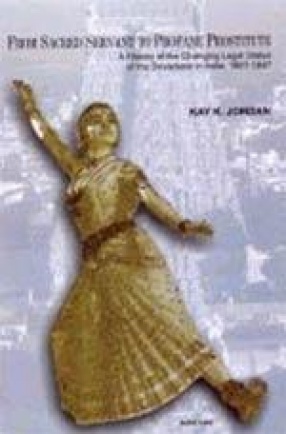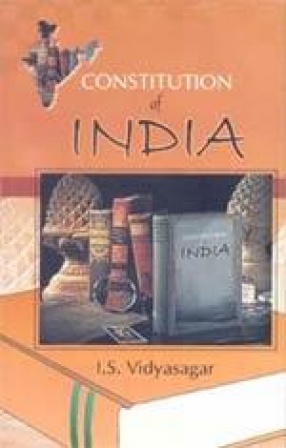From Sacred Servant to Profane Prostitute discusses the devadasi reform movement as a window on changing social, religious, and political values in India between 1857 and 1947. The devadasis were women married to Hindu deities for whom they danced and sang. They frequently became the concubines of either wealthy landholders or Brahmins at a time when such behavior was socially acceptable in India. For centuries, Hindus regarded the devadasis as sacred servants of Hindu deities, but by the mid-nineteenth century the British and the Indian Westernized elite considered them to be prostitutes. This study of court cases, executive correspondence, and legislation traces the shift in the official attitude toward the devadasis. Initially, colonial courts recognized the customary law of the devadasis which included female ownership of property, adoption of daughters, and inheritance from mother to daughter. A reformists judiciary gradually withdrew recognition of these customs by applying passages outlawing prostitution in the 1861 Penal Code to the devadasis. British officials hesitated t ban devadasi dedication because a substantial portion of the Hindu population in Madras Presidency revered the devadasis as religious practitioners. However, in the twentieth century, Indian members of the central and provincial legislatures vigorously and successfully advocated devadasi reform legislation. The British and the Indian Westernized elite believed that devadasi reform legislation raised the status of Indian womanhood by eliminating the evil of temple prostitution. But the impact of devadasi reform was paradoxical, since it abolished the only class of female ritual specialists in Hindu temples and forced a previously independent group of women to marry and subject themselves to patriarchal family structures.
From Sacred Servant to Profane Prostitute
In stock
Free & Quick Delivery Worldwide
reviews
Bibliographic information
Title
From Sacred Servant to Profane Prostitute
Author
Edition
1st ed.
Publisher
ISBN
8173044686
Length
184p., Bibliography; Index; 26cm.
Subjects





There are no reviews yet.